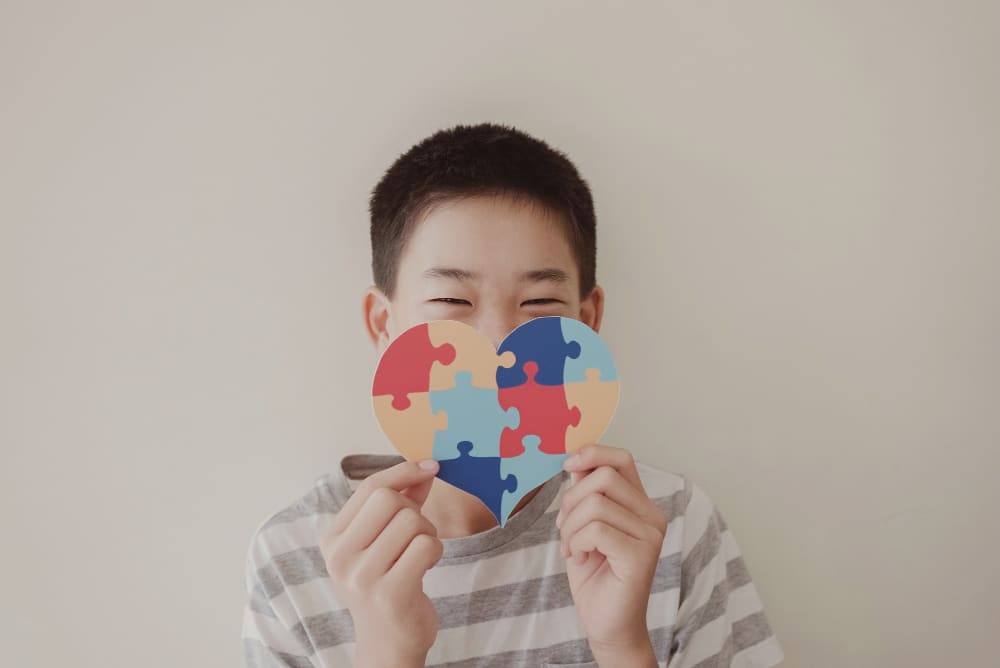Language is an ever-evolving art. The “rules” continuously change. Language has power, and therefore we should wield it carefully. When talking to or about individuals, we are taught early on how to appropriately address others and follow the rules of social courtesies and respect. However, as social norms evolve, these shifts yield mindset changes toward what is considered “appropriate language,” to the extent that it can be difficult to keep up! What may have been a “socially acceptable term” two years ago may not be today.
There is an emerging debate over whether to use “person-first” or “identity-first” language. It is important that we recognize and understand the difference, and moreover how the language we use can make a difference. Disabilities touch people’s lives differently: some may experience it personally, through themselves or their children, and others may experience it outside the home at school, work, or in the community.
As a result of individualized experiences enveloped in a shifting societal view toward increased acceptance and inclusion of special needs/disabilities, the “correct” way to address someone may also be individualized.
What is person-first language?
The use of person-first language came about in the 1970’s to shift away from what was perceived as derogatory and dehumanizing language (Vivanti, 2019). The goal was to encourage people to use language that promoted autonomy and a more positive identity. Person-first language identifies that disability is only a component of a person’s identity, not the defining feature. Use of person-first language puts a person before their diagnosis.
For example, one would say, “an individual with autism.” Use of this language emphasizes each person’s unique combination of strengths, needs, and experience.
What is identity-first language?
Identity-first language is an expression of cultural diversity, rather than pathology, and should be the central component of the individual’s identity (Vivanti, 2019). Use of identity-first language leads with the person’s diagnosis. For example, “autistic individual.” It does not separate a person from their diagnosis and can be used as an expression of positive social identity (Vivanti, 2019).
Shift from person-first to identity-first language
The shift from person-first to identity-first is becoming increasingly endorsed as a form of empowerment and an expression of positive social identity rather than the historical perspective of it being dehumanizing and marginalizing (Vivanti, 2019).
Person-first language is increasingly thought to violate the common principle that positive pronouns should precede nouns, which then casts disability in a negative light (Kenny et al., 2015). For example, one is not likely to say, “person who is beautiful,” but rather they would say, “beautiful person.” Even among the disability community, the shift is occurring, as the deaf and blind communities have outright rejected the use of person-first language, and have continuously used identity-first language.
What should we use?
Autistic self-advocates have recently been challenging that autism cannot be separated from the individual as it is an identity-defining feature and person-first language may suggest undesirable attributes and stigmatizing views (Vivanti, 2019). It is also important to recognize that beyond the diagnosis, each person is unique, and their human rights should be respected.
Autistic individuals continue to experience human rights violations, making the need to recognize the humanity and individuality of each person on the spectrum a top priority. Although identity-first seems to reflect the preferences of the autistic community, it is important to understand that there will not always be a consensus and autistic individuals are entitled to choose how their identity is expressed. Language will continue to evolve and change over time, and it is our responsibility to stay up to date with our knowledge and best practice.
It may seem confusing at times and maybe uncomfortable, but when in doubt, feel free to ask how someone prefers to be identified. This simple question can demonstrate respect, decrease the chances of miscommunication or misinterpretation, and open the door to effective and meaningful conversation.
References
Kenny, L., Hattersley, C., Molins, B., Buckley, C., Povey, C., & Pellicano, E. (2015). Which terms should be used to describe autism? Perspectives from the UK autism community. Autism, 20(4), 1-21. https://doi.org/10.1177%2F1362361315588200
Vivanti, G. (2019). Ask the editor: What is the most appropriate way to talk about individuals with a diagnosis of Autism? Journal of Autism and Developmental Disorders, 50(2), 691-693. http://dx.doi.org/10.1007/s10803-019-04280-x
Photo reference: Illustration by Lia Petronio/Northeastern University. https://news.northeastern.edu/2018/07/12/unpacking-the-debate-over-person-first-vs-identity-first-language-in-the-autism-community/

